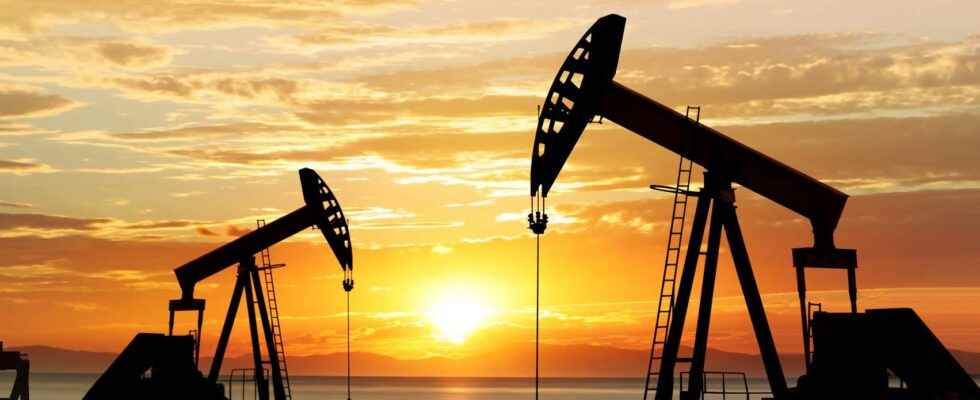As the second greenhouse gas, methane is highly monitored. Recently, the Tropomi atmospheric monitoring instrument observed huge methane leaks equivalent to 20 million vehicles circulating for a year.
You will also be interested
[EN VIDÉO] Greenhouse gases: a new record in 2020 and after? According to the World Meteorological Organization (WMO), in 2020 the levels of greenhouse gases in our atmosphere reached a new record high. The annual rate of increase was higher than the average for the period 2011-2020. And the trend looks set to continue into 2021, continuing to fuel global warming that is causing more and more extreme weather events and other serious consequences for life on our Earth. To avoid the worst, we must now set carbon neutrality objectives. And hold them! © WMO
Methane (CH4) is the second gas that contributes significantly to global warming, after carbon dioxide (CO2). Over the past 20 years, it has continued to accumulate in theatmosphere at a rate of 50 Tg/year (1 Tg = 100 million tonnes) via agricultural activities, management of waste and particularly the production of coal, from oil and gas whose emissions from CH4 increased from 65 to 80 Tg/year. Until recently, aerial image surveys have confirmed the presence of intermittent emissions caused by very large leaks – unintentional or not – of oil and gas called “super-emitters”. However, these techniques for quantifying methane emissions were limited to regional scale aerial surveys of short duration (a few weeks).
Launched in 2018, the tropospheric monitoring instrument Tropomi aboard the satellite mission ESA Sentinel 5-P enabled emissions to be assessed with resolution higher space. This unique new data set on the globe has been recently published by an international research team, guided by the Laboratory of Climate and Environmental Sciences (CNRS/CEA/UVSQ) associated with the Kayrros company.
Detection of huge CH releases4 by satellite
They thus observed 1,800 methane plumes in the world over two years (2019-2020), a large part of which are located mainly above Russia, then Turkmenistan, the United States, the Middle East and Algeria. Scientists believe that these “leaks” have a climate impact equivalent to 20 million vehicles in circulation for one year and correspond to 10% of emissions in this sector. Moreover, these are minimum estimates because the satellite is only able to detect the largest plumes (more than 25 tons of methane per hour).
This study also shows that two-thirds of these massive discharges correspond to oil and gas production facilities, while the emitters of the coal, of farming and waste management contribute only slightly (33%) to total detections.
Will repairs cost money? On the contrary !
Finally, this study assessed the expenditure required to plug these huge methane leaks based on several groups: the Internationalenergy, the US Environmental Protection Agency and the International Institute for Applied Systems Analysis. Although one might think the opposite, it turns out that limiting these discharges would be an economic advantage for the countries concerned.
Counting the multiple impacts of CH4 on the climate, our health, labor productivity, crop yields…, the global methane assessment assigns a value of 4,400 USD per tonne of CH4 (about 4,000 euros). Taking into account these impacts, the benefits are estimated at approximately $6 billion for Turkmenistan, $4 billion for Russia, $1.6 billion for the United States, $1.2 billion for Iran and finally some $400 million for Kazakhstan and Algeria.
Interested in what you just read?
